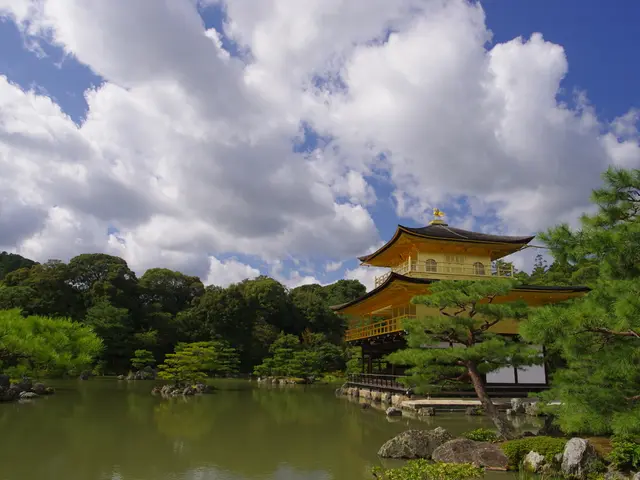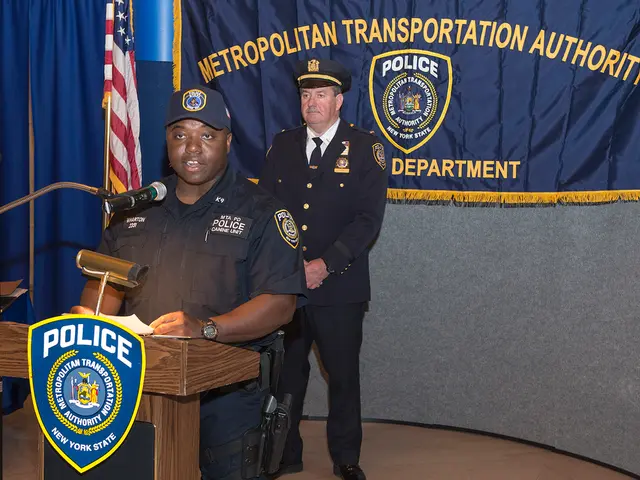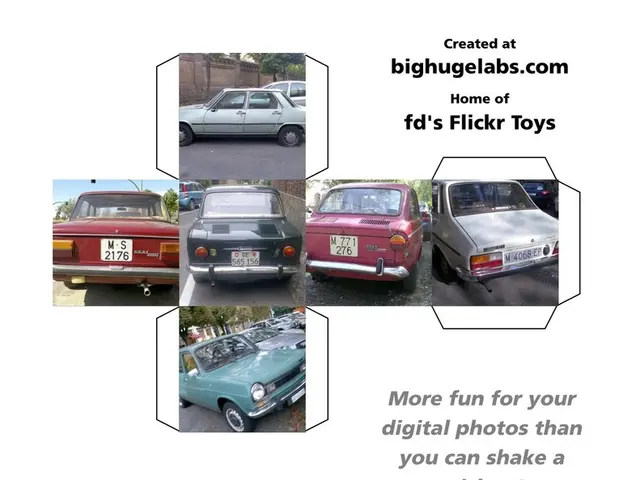Holiday Tree Supply Network: Insights and Analysis
In the year 2022, the Christmas tree supply chain faced unprecedented challenges due to a combination of pandemic-induced disruptions, environmental factors, and a surge in demand.
The pandemic caused widespread supply chain disruptions, including delays in shipping artificial trees, most of which are manufactured in China, and labor shortages. These issues impacted both artificial and natural tree availability. For natural trees, increased demand during the pandemic led to overharvesting in 2020, reducing inventory for subsequent years. Additionally, environmental issues such as droughts and wildfires further limited tree growth and harvest yields in 2022, continuing the shortage and inflating prices.
On the environmental and sustainability front, there has been growing emphasis on sustainable procurement and carbon footprint reduction in forestry practices, especially in regions like the UK. Forestry England, for instance, is implementing measures to ensure timber and related products (including Christmas trees) come from legal and sustainable sources, and is experimenting with alternatives to plastic netting and signs to reduce fossil fuel-based plastic use. This indicates increasing attention to environmental concerns within the Christmas tree supply chain.
Despite the challenges, the demand for Christmas trees, whether real or artificial, will continue unabated for a long time. In 2019, over 26 million new trees were purchased in the U.S., and in 2017, over 21 million artificial trees were bought. Most real trees in the U.S. are grown in Oregon, followed by North Carolina, Michigan, Pennsylvania, Wisconsin, and Washington. Americans get 32% of their real trees from farms where they choose and cut their own trees.
Artificial trees, on the other hand, are made of PVC plastics and metal, and are very difficult to recycle. However, the best opportunity to reduce the overall greenhouse impact and carbon footprint of artificial trees is to keep them for a long time, at least 8-10 years. Over 4000 tree recycling programs across the U.S. exist, where trees are typically turned into mulch.
The Christmas tree tradition originated in Germany in the 16th century, and it was Martin Luther who is credited with adding lighted candles to the Christmas tree. Today, the landscape of the Christmas tree supply chain has evolved dramatically, becoming a critical driver of business success in an interconnected global economy. NFTs promise to help eliminate many challenges in supply chain management.
In conclusion, the Christmas tree supply chain in 2022 faced significant challenges, but efforts are being made to ensure sustainability and reduce the carbon footprint. Whether you choose a real or artificial tree, it's important to consider these factors and make an informed decision.
- The challenges faced by the Christmas tree supply chain in 2022, stemming from pandemic disruptions, environmental factors, and increased demand, have led to a growing emphasis on sustainable procurement and reducing carbon footprints, particularly in forestry practices.
- Despite the difficulties in recycling artificial trees due to their PVC plastic and metal composition, the most effective approach to minimizing the overall greenhouse impact and carbon footprint of these trees is by keeping them for a long period, ideally 8-10 years.
- As the landscape of the Christmas tree supply chain continues to evolve, becoming a crucial aspect of business success in our interconnected global economy, innovative solutions such as NFTs are being explored to help eliminate various challenges in supply chain management, contributing to more sustainable practices in the industry.








